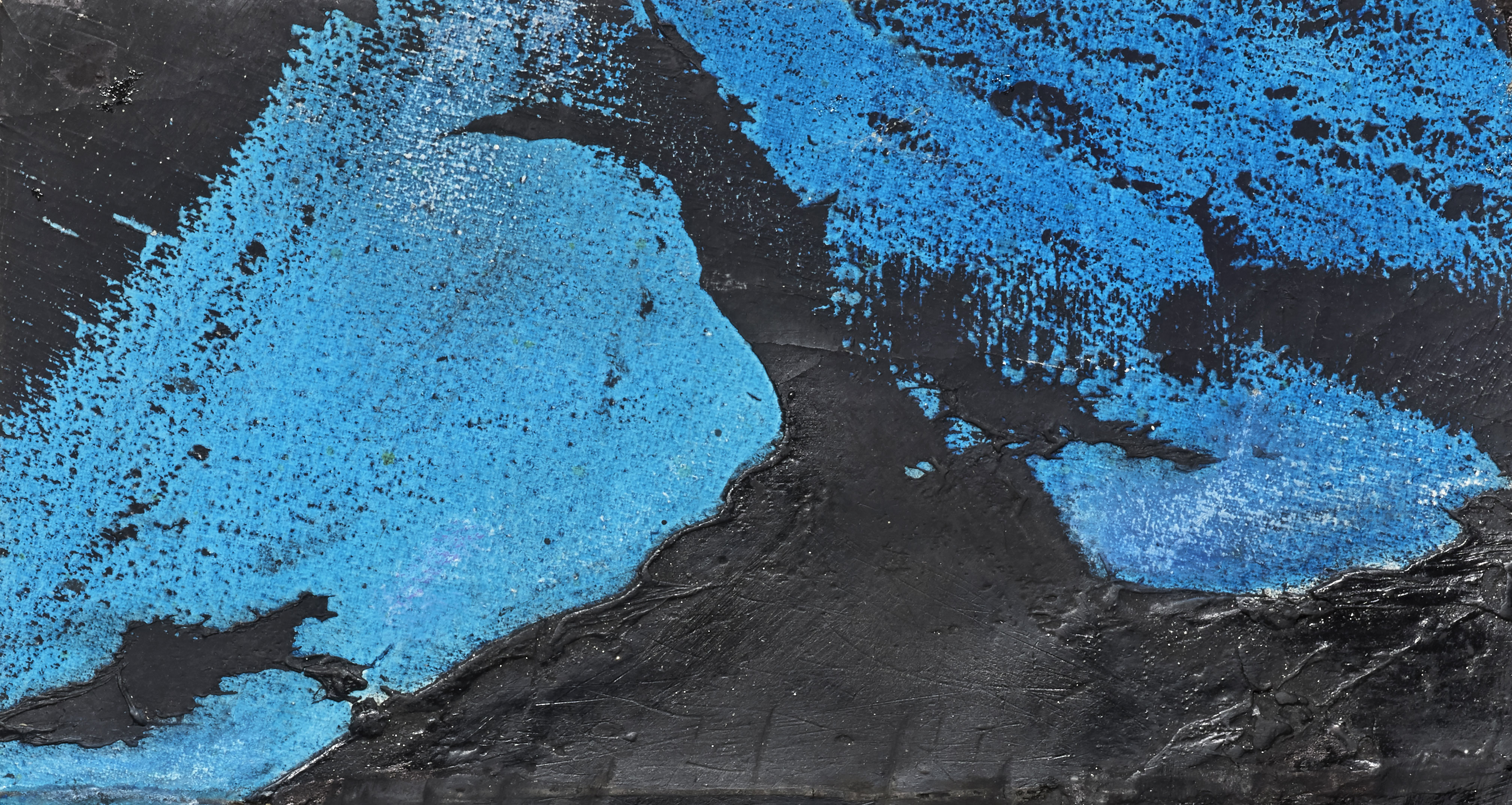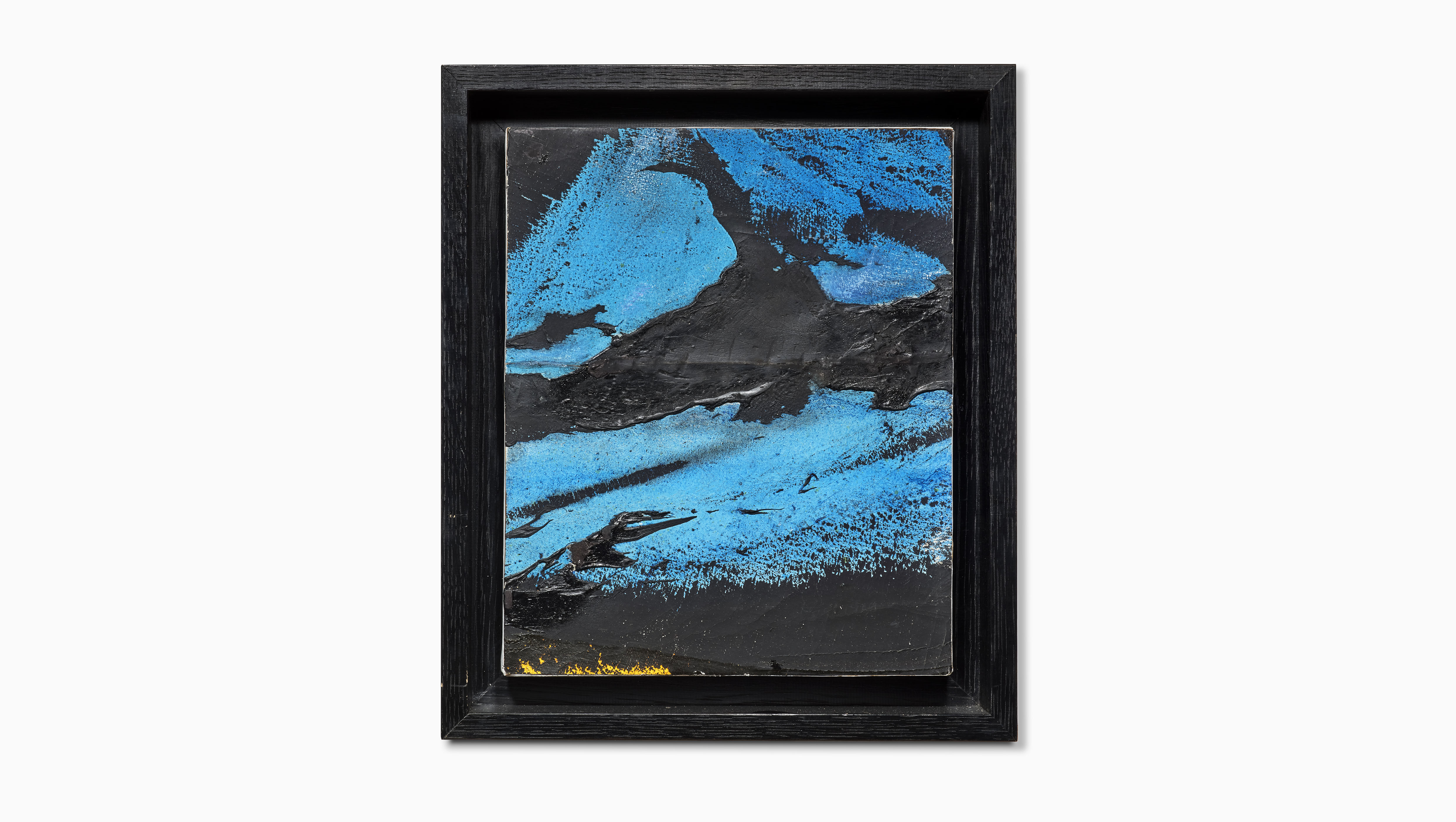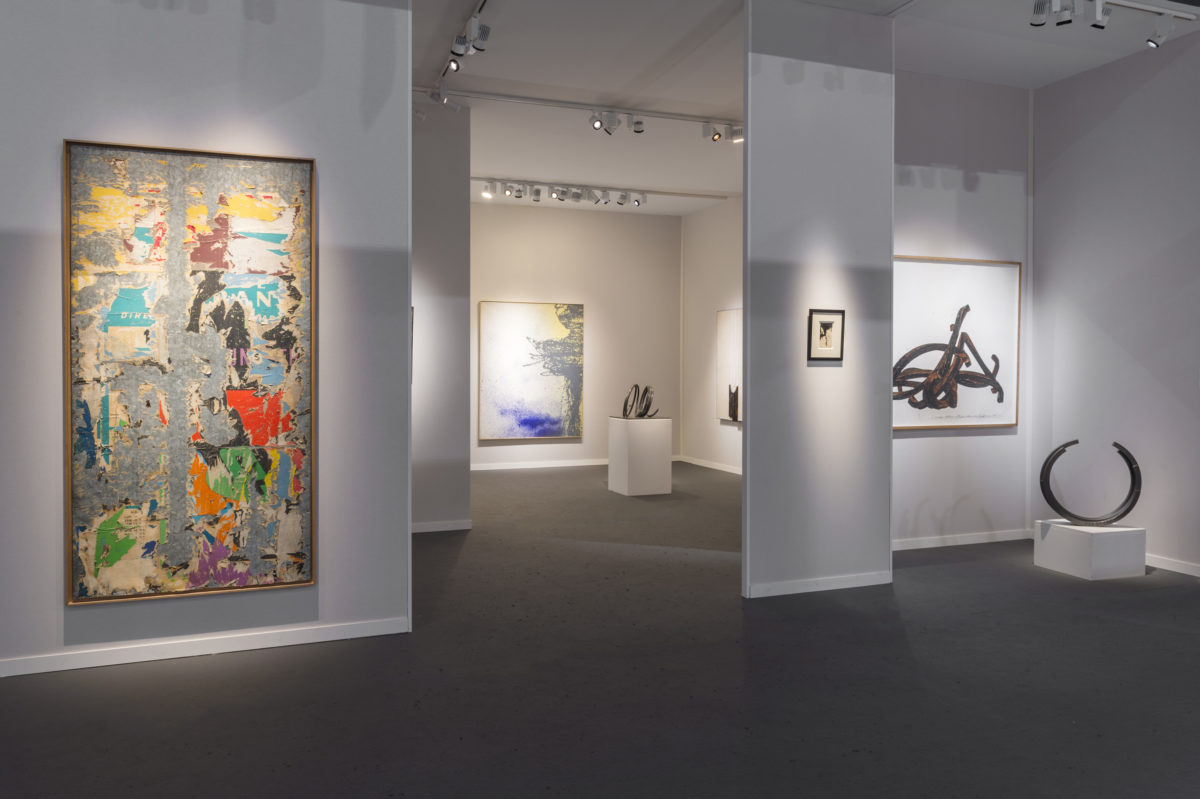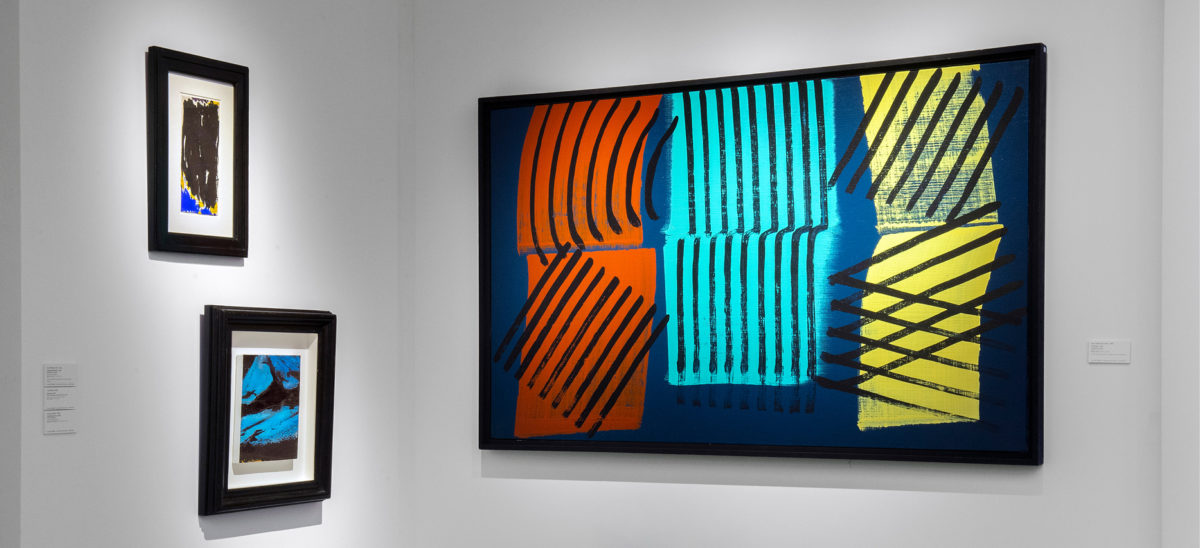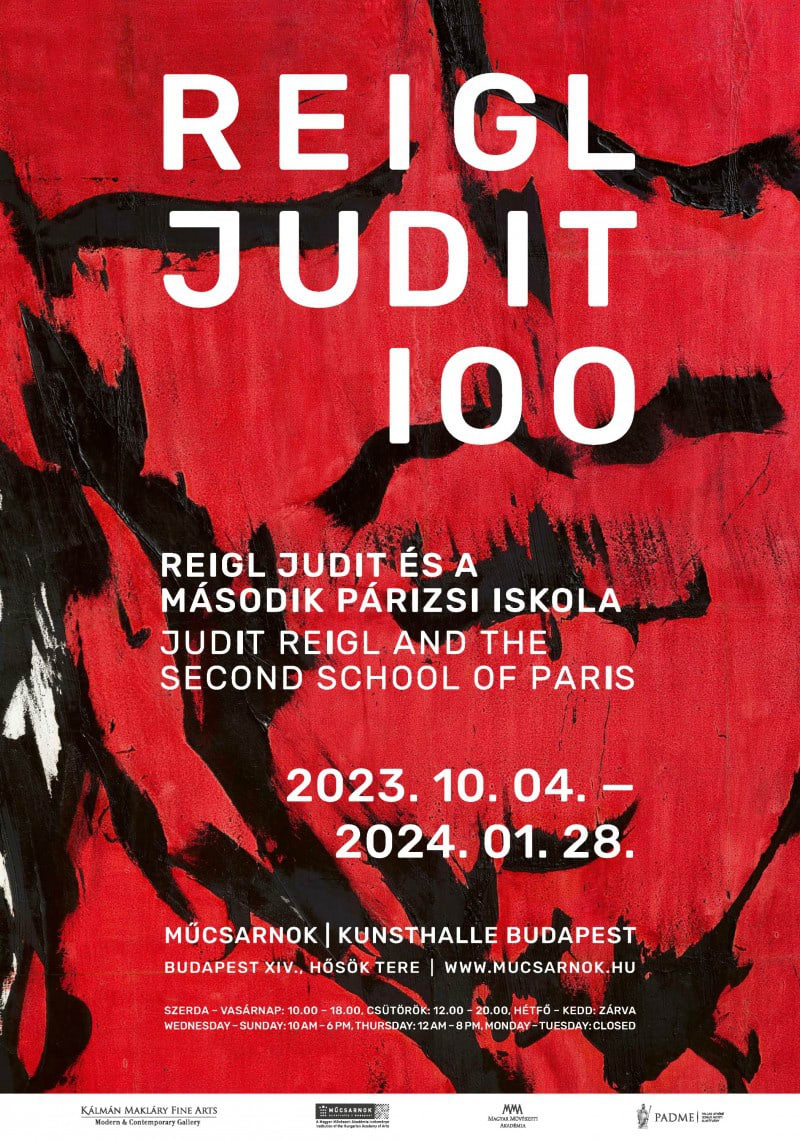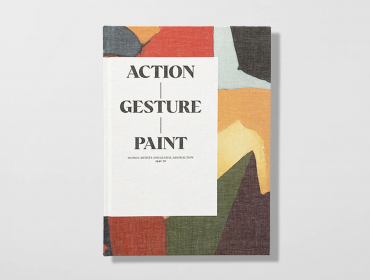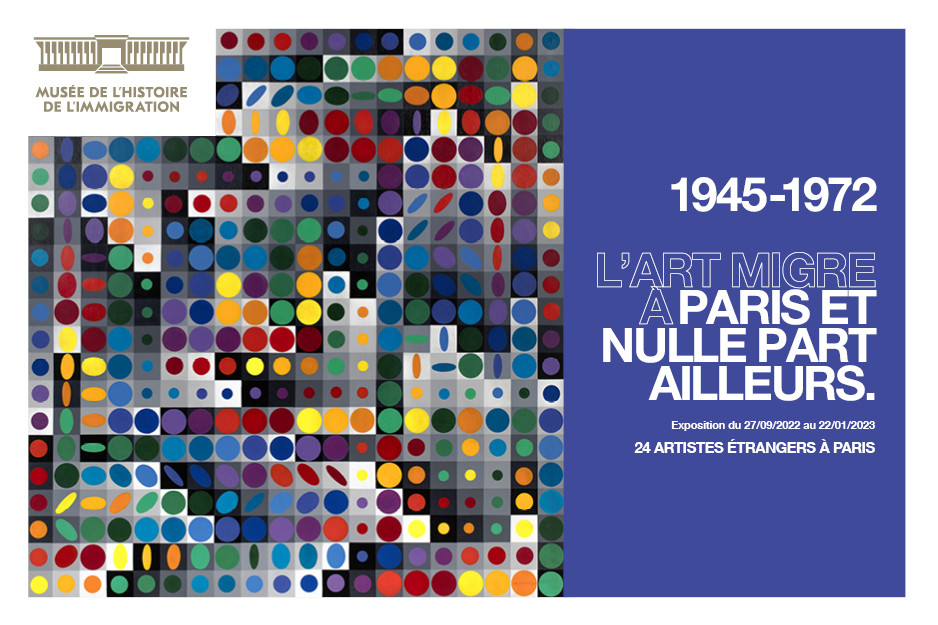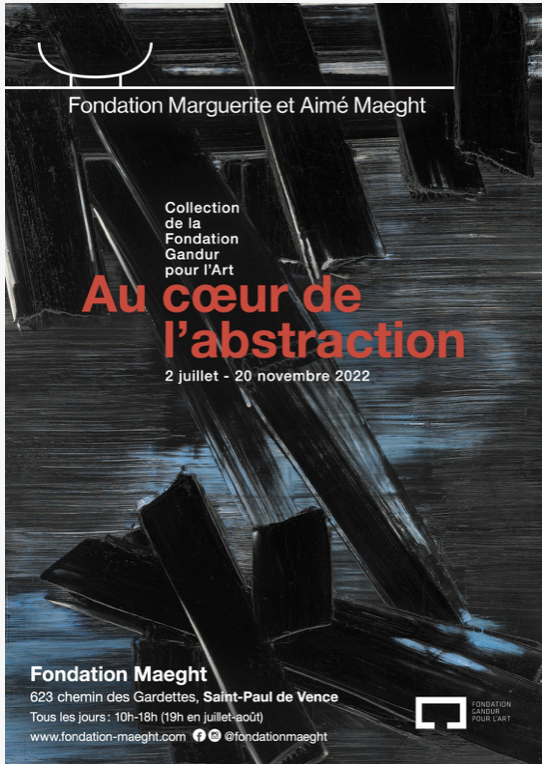Action, Gesture, Paint | Women Artists and Global Abstraction 1940–70
9 February - 7 May 2023
Whitechapel Gallery, London
Whitechapel Gallery presents a major exhibition of 150 paintings from an overlooked generation of 81 international women artists.
Reaching beyond the predominantly white, male painters whose names are synonymous with the Abstract Expressionist movement, this exhibition celebrates the practices of the numerous international women artists working with gestural abstraction in the aftermath of the Second World War.
It is often said that the Abstract Expressionist movement began in the USA, but this exhibition’s geographic breadth demonstrates that artists from all over the world were exploring similar themes of materiality, freedom of expression, perception and gesture, endowing gestural abstraction with their own specific cultural contexts – from the rise of fascism in parts of South America and East Asia to the influence of Communism in Eastern Europe and China.
The exhibition features well-known artists associated with the Abstract Expressionism movement, including American artists Lee Krasner(1908-1984) and Helen Frankenthaler(1928-2011), alongside lesser-known figures such as Mozambican-Italian artist Bertina Lopes(1924-2012) and South Korean artist Wook-kyung Choi(1940-1985). More than half of the works have never before been on public display in the UK.
Artists:
Mary Abbott, Etel Adnan, Maliheh Afnan, Ruth Armer, Gillian Ayres, Ida Barbarigo, Noemí Di Benedetto, Anna-Eva Bergman, Janice Biala, Bernice Bing, Sandra Blow, Dusti Bongé, Chinyee, Wook-kyung Choi, Jay DeFeo, Martha Edelheit, Amaranth Ehrenhalt, Asma Fayoumi, Lilly Fenichel, Perle Fine, Else Fischer-Hansen, Audrey Flack, Elna Fonnesbech-Sandberg, Juana Francés, Helen Frankenthaler, Sonia Gechtoff, Judith Godwin, Gloria Gómez-Sánchez, Elsa Gramcko, Sarah Grilo, Grace Hartigan, Lilian Holt, Buffie Johnson, Yuki Katsura, Helen Khal, Elaine de Kooning, Lee Krasner, Bice Lazzari, Lifang, Bertina Lopes, Margaret Mellis, Marta Minujín, Joan Mitchell, Aiko Miyawaki, Yolanda Mohalyi, Nasreen Mohamedi, Emiko Nakano, Lea Nikel, Tomie Ohtake, Fayga Ostrower, Mercedes Pardo, Charlotte Park, Betty Parsons, Pat Passlof, Alice Rahon, Carol Rama, Marie Raymond, Judit Reigl, Deborah Remington, Britta Ringvall, Erna Rosenstein, Behjat Sadr, Nadia Saikali, Zilia Sánchez, Fanny Sanín, Miriam Schapiro, Sarah Schumann, Ethel Schwabacher, Sonja Sekula, Toko Shinoda, Sylvia Snowden, Janet Sobel, Vivian Springford, Franciszka Themerson, Alma Thomas, Yvonne Thomas, Hedwig Thun, Nína Tryggvadóttir, Elsa Vaudrey, Maria Helena Vieira da Silva, Michael West
Read More

